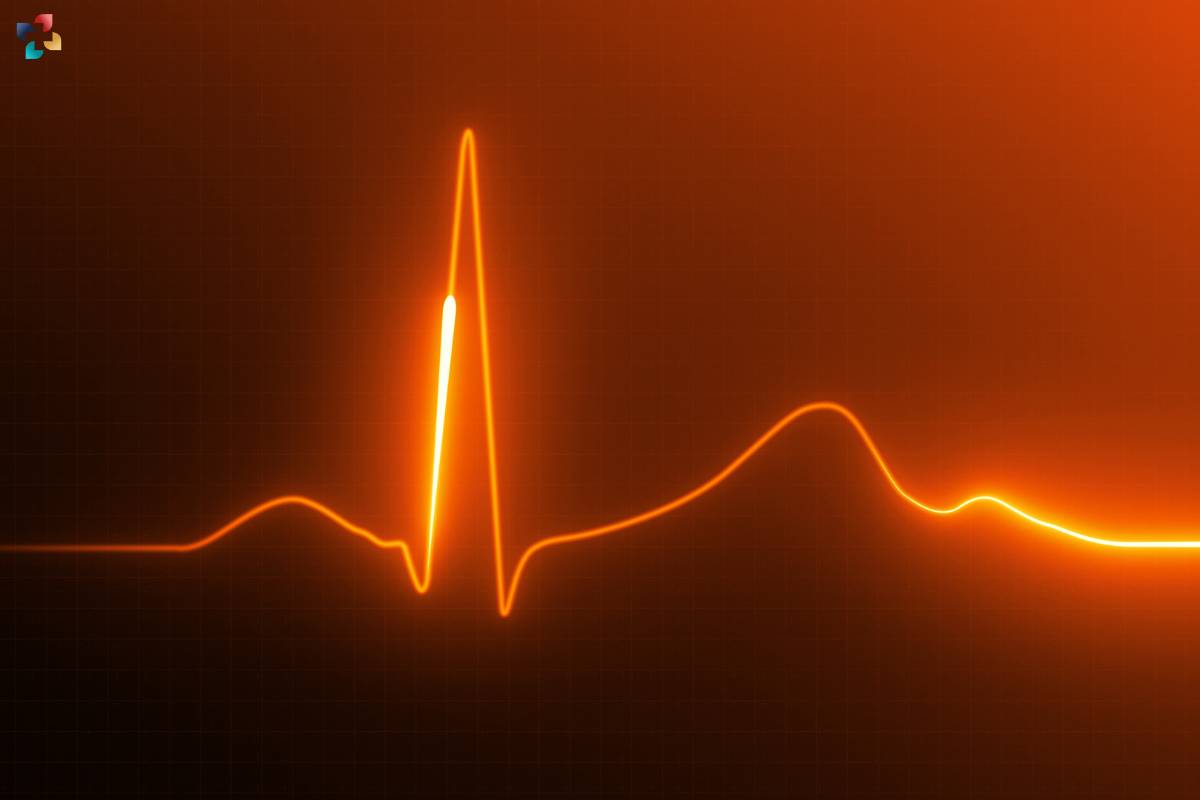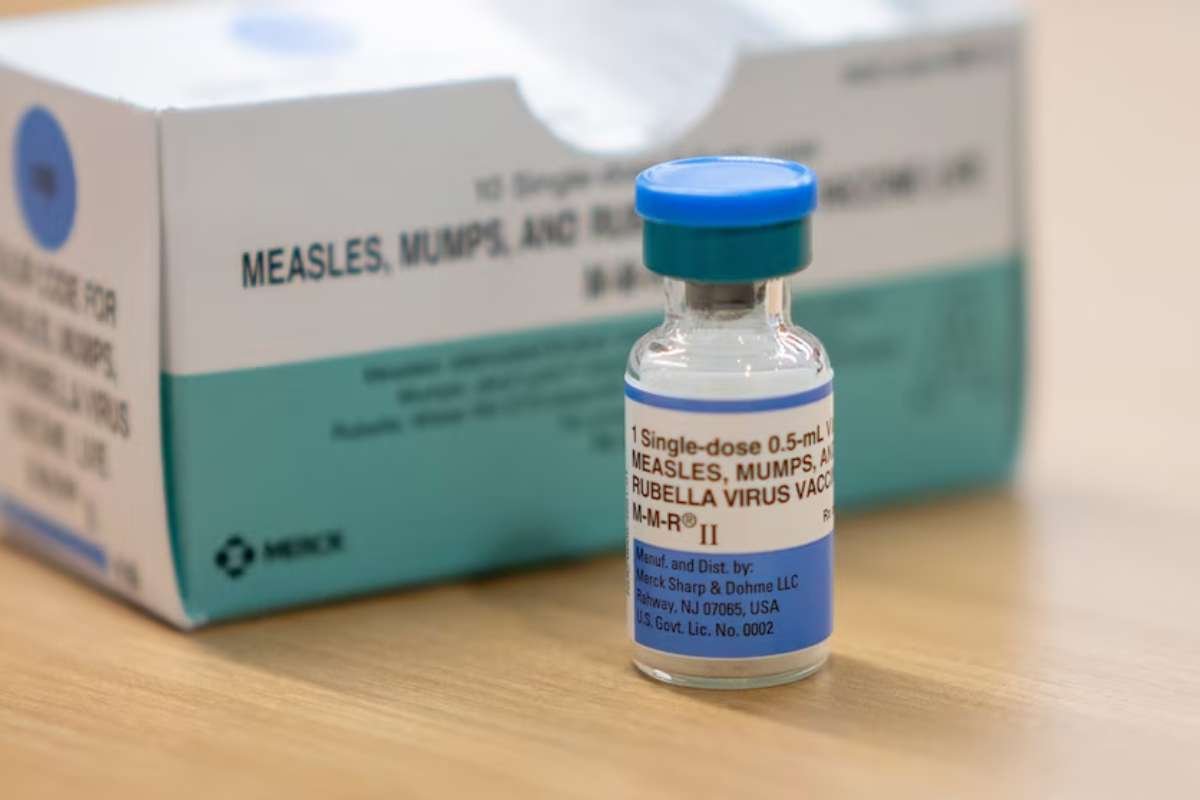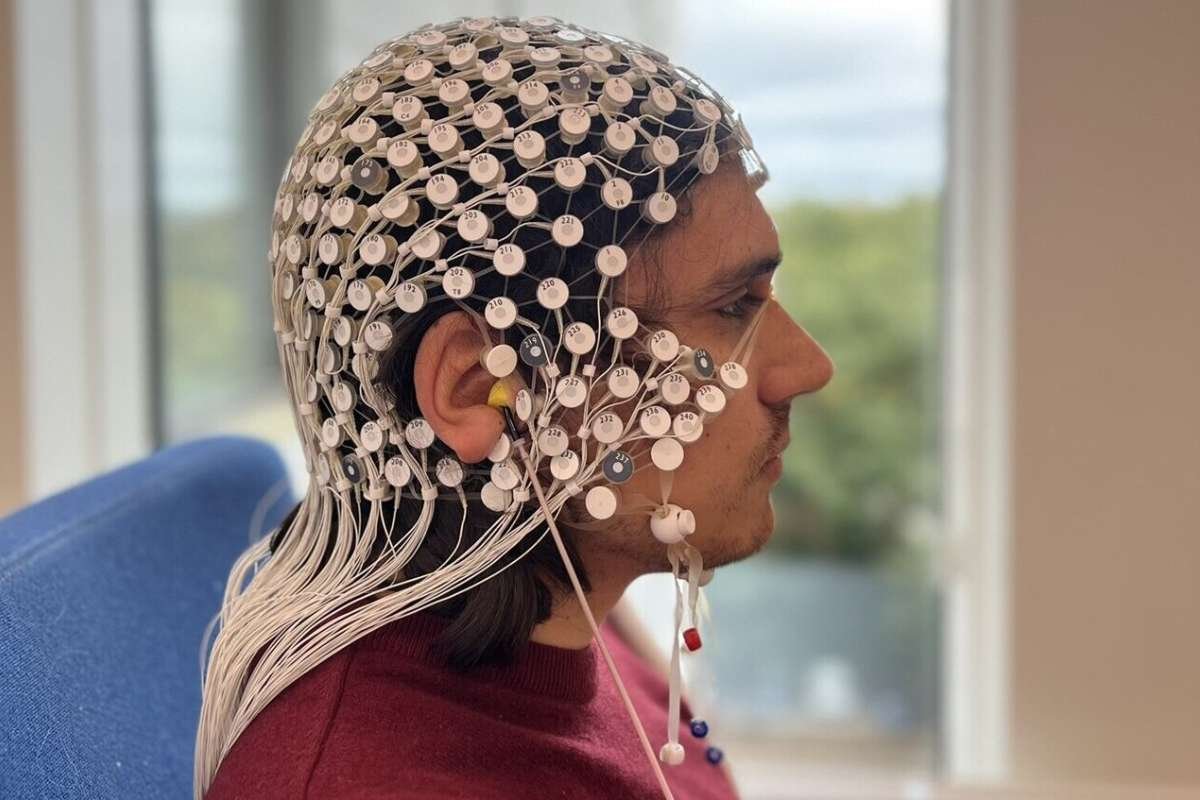A seizure is an incident of fast and unrestrained electrical firing shots in the brain. This can cause bizarre or unexplainable movements, behaviors, unconsciousness, or altering consciousness. If we are faced with such an encounter of a person having a seizure, it is a sight we can’t forget easily. The convulsions, epilepsy attack movements, and behavior is a disturbing view to witness. There are jerking movements of the hands and legs which aren’t in the person’s control as he’s unconscious.
Things to do when someone is having a seizure:
- Keep a cushion under their head if they’re on the ground. They may bang their head on the ground due to the convulsions.
- Keep all harmful substances like knives, heavy objects, or hot objects away from them.
- If anything is tight around their neck like a tie, scarf or bow loosen it to enhance their breathing.
- The convulsions will last up to 30 seconds to 2 minutes. When it stops, turn the person onto their side. It is known as the recovery position.
- Try to calculate the time when they had the seizure attack.
- After the convulsions stop, the person must gain consciousness. If not, call the ambulance immediately.
- Try to relax them when they’re conscious.
- Do not try to stop the convulsions at that time. It isn’t medically advised to stop the convulsions.
- Do not try to give them something to eat during the convulsions. It may choke them or they may bite your hand.
Symptoms of a seizure:

The indications of seizures are different from person to person. They are from mild to severe attacks. Some symptoms to monitor in a person are:
1. Perplexed reactions:
It means giving out puzzled reactions. The person behaves confused about his surroundings. Keeps on staring at you. Doesn’t recognize you nor will respond to you.
2. Shaky movements:
The person will have jerky movements which are not in control. He will move his hands, legs in a jerked manner.
3. Loss of consciousness:
The person may become unconscious due to the convulsions. Some people, they will gain and lose consciousness at some periods of time. They also become unaware bout themselves for a period of time after gaining consciousness. They do not understand what’s going on around them.
4. Loss of confidence:
Such people tend to lose confidence. They may feel anxiety, fear or get hyper in very normal daily life situations. They may also feel déjà vu. Meaning they’ve lived this present moment before. Cognitive inability is also added in some cases.
5. Excess saliva:
Due to these attacks, the person may get excess saliva in their mouth. It may drip out of their mouth too. They lose the sensation of their saliva coming out of their mouth.
6. Hallucinations:
Sometimes these people suffer from hallucinations. They will complain about something unpleasant happening around them. it actually isn’t true. They’re having chemical reactions in their brain which shows them false views.
7. Increased heart rate:

Before or during the convulsions, the patient experiences an increased heart rate. It is an indication of the onset of the attacks.
8. Things that happen afterward:
When it ends, if the person gains consciousness well and good. When he’s conscious, he may be disoriented. The phase is the recovery stage. During this time, the person may be confused, not recognize anyone around, have a headache, and may have lost control over his bladder. They may feel tired, sick, or go in anxiety. You should relax them by calming them down and talking to them.
They may not remember the episode of the attack if asked.
Types of seizure:
There are some specific parts in the brain that are affected which release the unsequenced electric firings. At times a small part of the total brain is affected or sometimes the whole brain.
The types are classified based on the same:
- Focal onset: These start in one small part of the brain which may or may not get transferred to other components of the brain. These are known as partial seizures. In this, the person is fully aware of what’s going on or partially aware. Only their awareness may get affected. This is known as focally aware and focal impaired awareness respectively.
- Generalized onset: These start with affecting both sides of the brain. The person loses consciousness in this type. The person makes stiffening movements. Sudden and continuous jerking movements are beyond control. These are known as tonic-clonic attacks and may have other muscular effects.
- Unknown onset: These are the ones that haven’t been diagnosed whether they’re focal or generalized speaking of onset. Where the seizure started in the brain, isn’t that clear. It is because a person is asleep or was alone when the epilepsy happened.
Why do seizures happen?
- Injuries to the head
- The sudden movement of the brain due to an accident
- Tumors in the brain.
- Defects from birth
- Some previously prescribed medicines.
Treatment includes:

- Consuming anti-epileptic drugs
- Ketogenic diet to keep seizures in control
- An operative procedure to put a small electric device in the body
Conclusion:
The human body gives signs before anything goes wrong. Keep a watch on such indications given by your body. Keep a healthy and balanced lifestyle. Those who suffer from seizures should avoid driving, swimming, or any other tiring activity. Keep a check on any such heredity in your family. Make people in your family aware of what to do and not to do when a person is having convulsions. Make sure the person is not left alone at any time.
Also Read: Top 7 Treatments for Migraine Headaches






.jpg)
